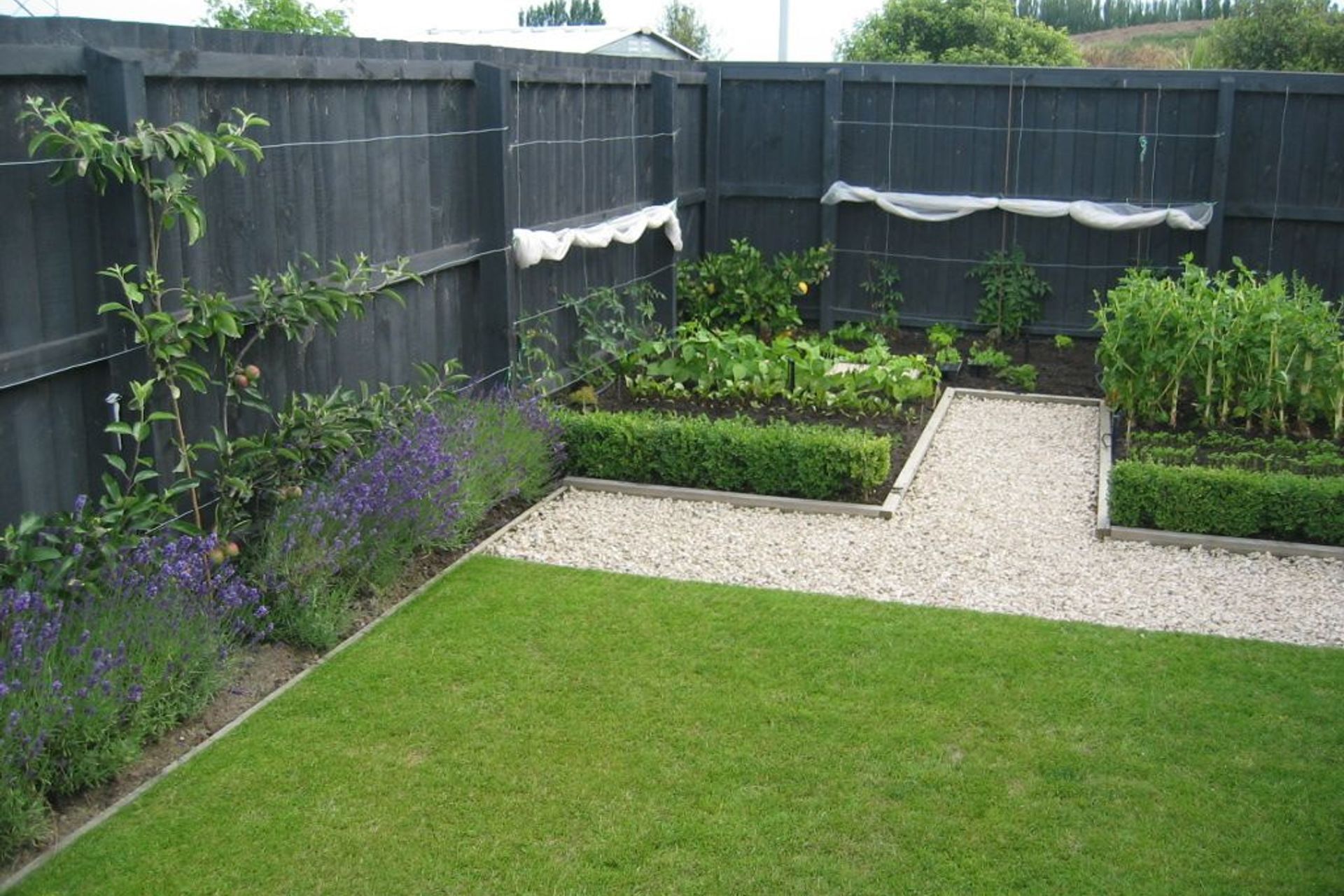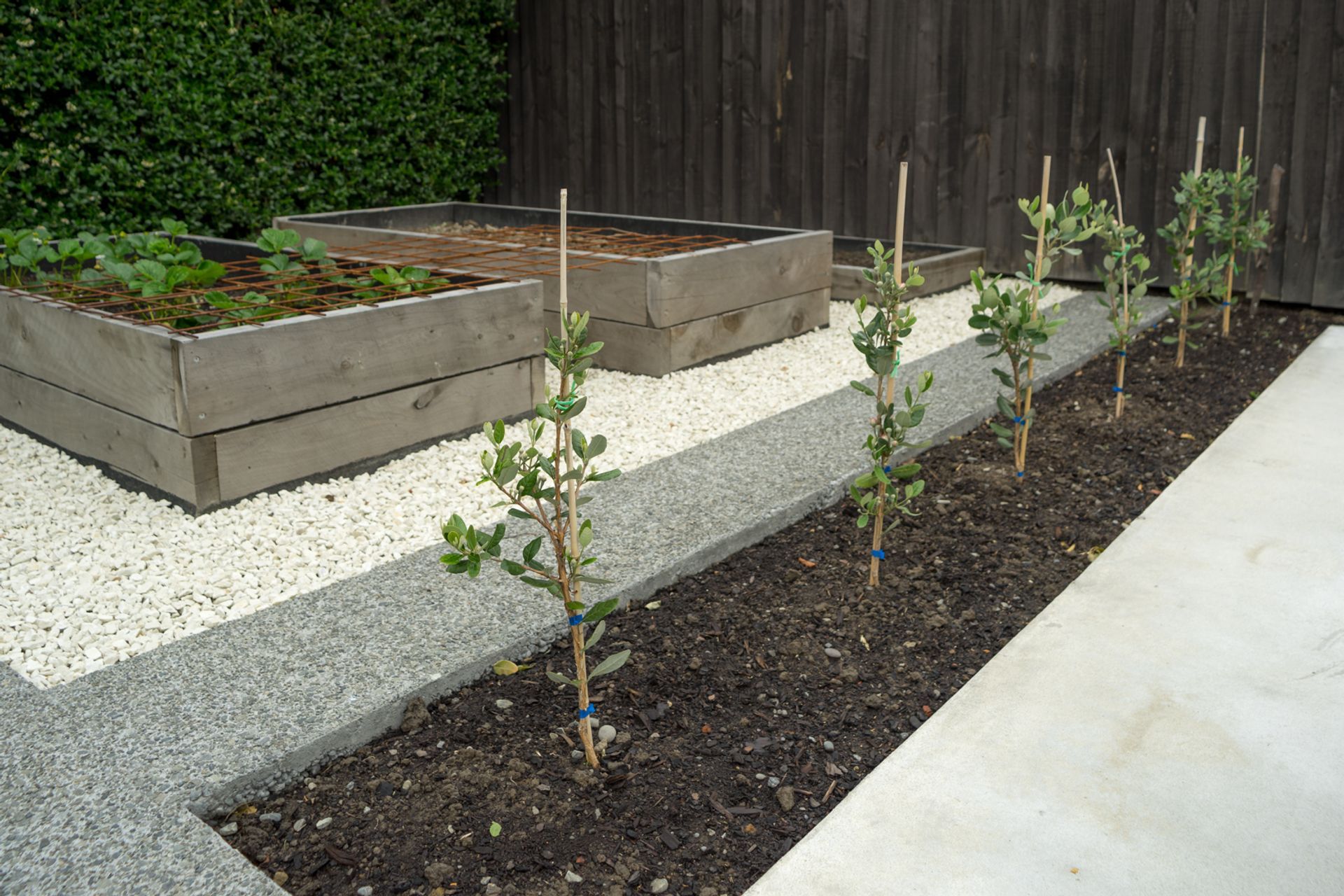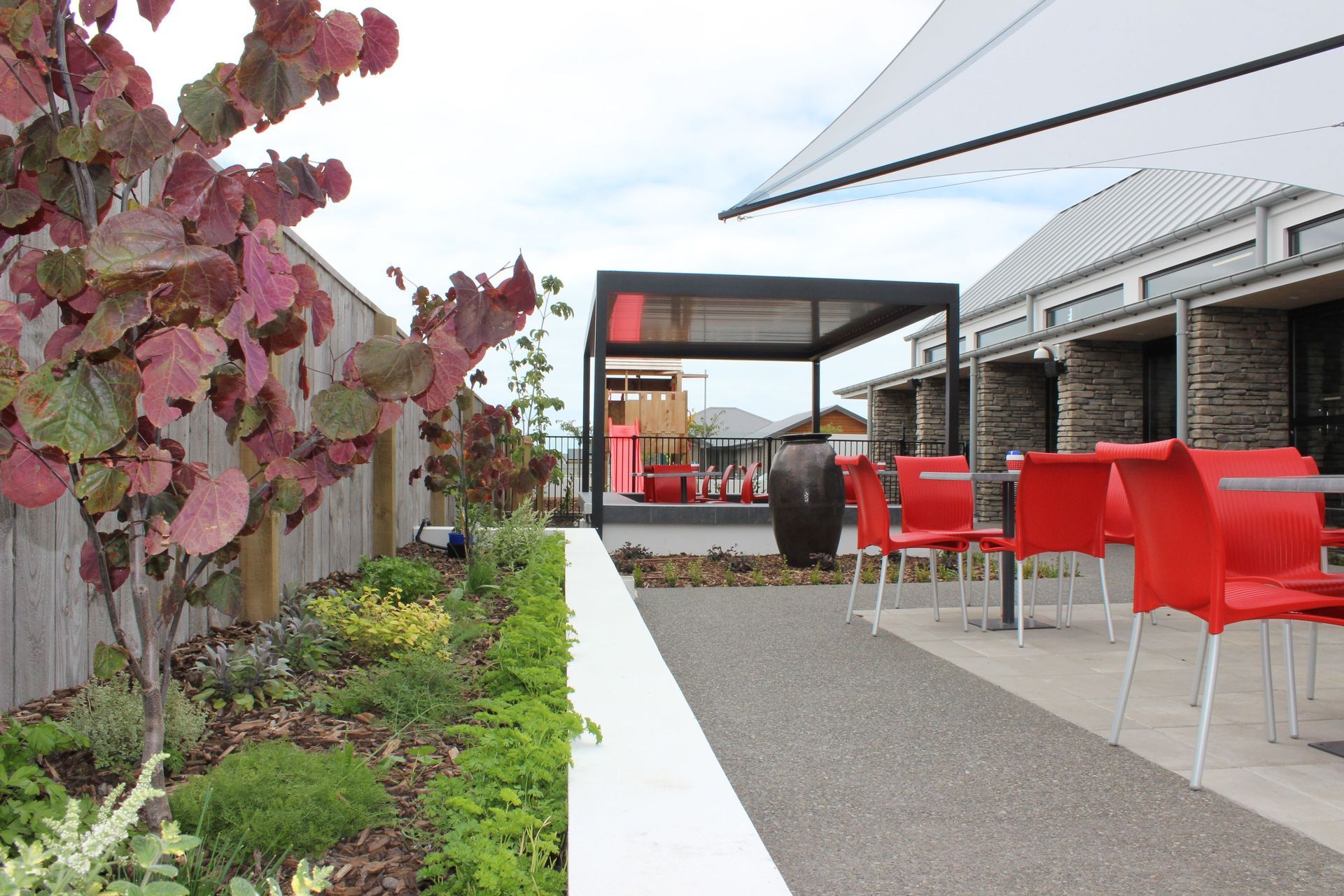Edible beauty: the rise of productive gardens
Written by
22 March 2018
•
5 min read

In small plots of residential land around the world, a small group of people are taking the reigns and promoting the use of gardens as ‘urban farms’ rather than the traditional lawn and aesthetically pleasing planting we are now so used to.
The movement, while not yet popular in New Zealand, and not widespread overseas either, is one that has appealed to many and is starting to flourish in pockets of communities around the world.
It harks back to the days of old when human beings relied individually upon the land and existed on the food they grew, raised and collected.
It is a stark contrast to the way we collectively view food today, in a world where, for the mostpart, food is bought in packages from chain supermarkets, and a world where children don’t understand where or how food is grown or made.
In New Zealand, we’re seeing a clear movement back towards growing some of our own food, Form Garden Architecture’s Craig Wilson says. While it’s not something that’s as stringent as the urban farm movement where entire gardens are sewn with edible plants, it represents a desire to reconnect with our food and the growing of it.
“This is a trend that’s been developing over the last five or 10 years in New Zealand,” Craig says. “People are looking more closely at their health and the nutrients they are getting from what they eat and I think the idea of the edible garden appeals to people because they realise they can have more control over what they ingest when they grow a portion of their food themselves.
“Often, the other driving factor for creating edible gardens is a desire to teach children about where food comes from – not from the supermarket, but from the ground. It’s also something of a nostalgic element for many people too; people may remember their grandparents or parents tending to a vegetable plot in the backyard or on the farm, and they are wanting to recreate this.”
That’s not to say the edible gardens being planted around New Zealand are on par with those we may remember from former generations though. These are contemporary edible gardens, often much reduced in size as a response to generally smaller sections and higher density living.
“Popular edible gardens are adaptations of traditional vegetable gardens; they are smaller, more manageable, versions,” Craig says.
The interesting thing about edible gardens is they generally create a more natural, traditional look within an overall landscape. “We find this can create a really nice contrast to contemporary hardscaping and landscaping and tie together an overall design.”
In small spaces, growing edible plants and trees can be somewhat of a difficulty, but with creative thinking and by harnessing the knowledge of an expert, it’s possible to grow food in almost any setting, Craig says.
Raised garden beds are the most popular option, in general, but the options are almost limitless in regards to growing food in the backyard, even in the smallest of spaces.
Replacing fences with edible hedges is one option, using an evergreen plant such as feijoa, which offers a host of benefits, including the fruit. It also has flower reminiscent of a pohutukawa, and grows easily in most parts of the country.
Citrus trees are also relatively easy to grow and be planted in pots in small spaces, with dwarf varieties chosen that still fruit well. “Green walls are another option in limited spaces although these can require engineering and carefully planned irrigation and fertilising, which can make them cost prohibitive,” Craig says. “When done well, they are great for growing herbs, and you can work with different herbs to create a stunning tapestry effect.”
From specially-trained trees tended to in the fashion known as espalier, where fruit trees are trained to grow horizontally against a fence rather than create the traditional canopy, to an apple hybrid known as the ballerina apple, which is a column apple tree that fruits profusely, the options are endless.
"Composting is another way to create more efficient edible gardens in smaller spaces. When you compost on site, it creates a closed nutrient cycle where leaves and cuttings are composted within the garden, keeping valuable nutrients on site for future re-use on garden beds. Keeping bees is another area people are taking more interest in at the moment," Craig says. "We're seeing increasing numbers of people incorporating hives on their properties in both residential and commercial settings, which is a huge benefit to any fruiting species that require pollination and it's an addition that requires only very small amounts of space.'
Edible gardens are most commonly being integrated into an overall landscape design, but they are becoming more and more popular as our social consciousness errs towards the desire to know where our food comes from and what’s in it.
With the right planting and planning, even the smallest outdoor spaces can be transformed into aesthetically beautiful, productive gardens.
Make sure you visit Form Garden Architecture on ArchiPro here to see how your outdoor space could be transformed into a thing of beauty and function.


